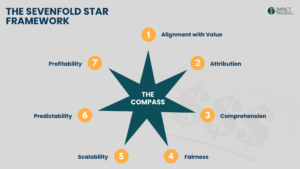Last year, we bought yet another mesh magnetic screen so our dog, Jake, could get in and out of the house without letting the bugs in. We found something that we loved. It worked great for so many reasons. The thing is, after a summer of wear, it wore out.
This is a great example of “Will I” vs. “Which one” in action. I almost hit the “Buy it again” button without looking around. I already knew what we wanted and I knew we were going to buy it again. This is simply a “Will I” decision because we didn’t really consider any competitor’s products. I’m sure a lot of people, when they want to buy something again, they will simply click that convenient “Buy It Again” button. They will easily answer yes to the question, “Will I?”
However, most people who are shopping for a product like this might be comparing different brands or models. A 25% higher price (actually 33% since the denominator here changed) may influence some people’s decisions. These people are trying to decide which version to buy. (Boy did we spend a lot of time doing that.) To which, one’s decision is price sensitive. If the seller expects to win, they should have a competitive price point.
Out of curiosity, I looked at other past purchases and compared the “Buy it again” button price to the price if I still look around with other choices that I have. Here is what I found (not being selective at all):
- 99.99 vs. 79.99
- 19 vs. 19
- 18 vs 17.99
- 15.65 vs 14.90
- 11.09 vs 9.95
- 41.99 vs 39.99
- 69.99 vs 69.99
Is Amazon being ethical or have they not figured this out yet?
Oops. April Fools’ is on the 10th of April. When you click the “Buy it again” button on any of these, it shows you the new price, higher or lower. You can’t buy it at the price you paid last time. Now the question becomes, “Is Amazon being ethical or have they not figured this out yet? Hmmm.














